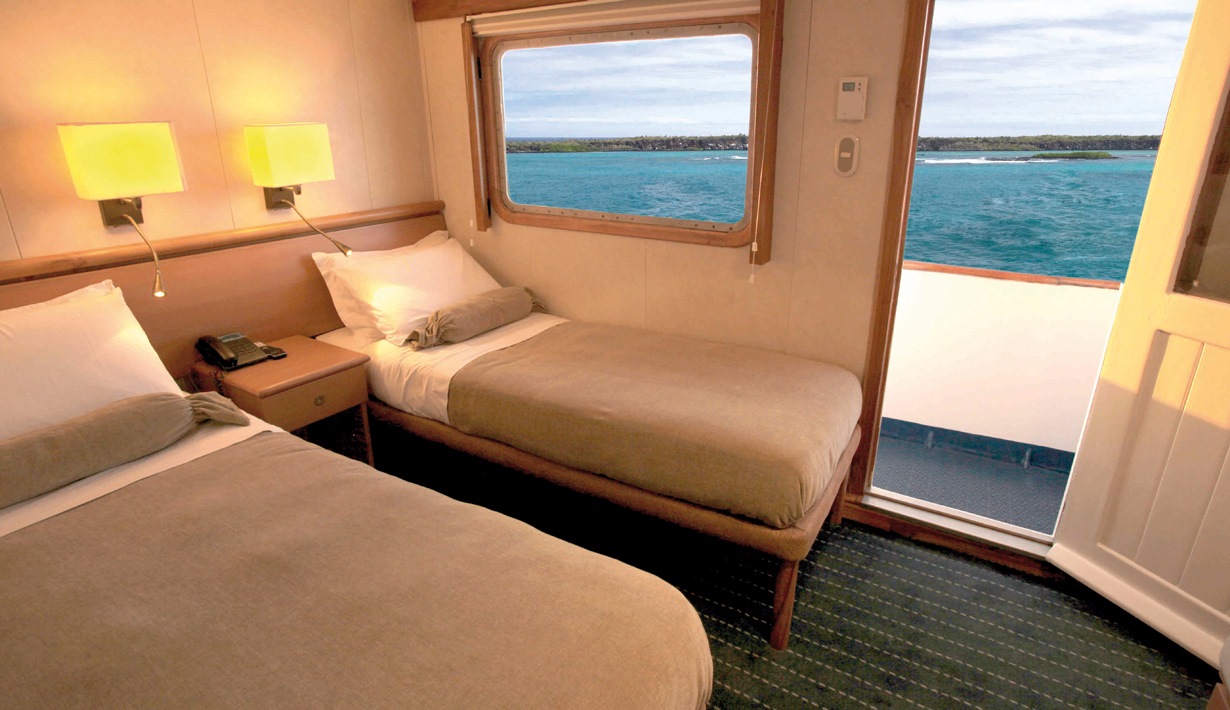Galapagos East & West with Scuba Option
Galapagos East & West with Scuba Option 8 days
Galapagos East & West with Scuba Option 8 days
Aboard: MY Coral IIThe best of the Galapagos with this comprehensive itinerary on board the intimate yacht, MY Coral I or II. Travel in style and see the unique wildlife of the islands in a small group with your expert guide. Flights from and to the mainland included and scuba available as an extra option.
Highlights
- Amazing and unique wildlife
- Snorkelling
- Superb and varied scenery
- Scuba option
What's Included
- Flights from and to mainland
- Full board accommodation on board yacht
- Free tea & coffee
- Guided landings and excursions
- Group hotel/airport transfers
So much to experience




























Our popularitinerary Suggestions
All our itinerary holidays are fully customisable

Baltra & Santa Cruz

Isabela & Fernandina

Isabela

Santiago

Santa Cruz

Mosquera Islet & North Seymour

Santa Fe & South Plaza

San Cristobal
A view from Above
All Aboard

MY Coral II
Accommodation and facilities on board this superb, 20 passenger motor yacht is spread over four decks and includes a range of en-suite cabins, one of which is a triple, ideal for families. Public facilities include lounge, bar, restaurant, library, shop, jacuzzi, observatory and covered and open terraces.
Too much to choose from? This is where we come in
Take advantage of our vast experience, passion and expertise to help you hand craft the perfect Ecuador, Galapagos adventure for you.

Having amassed a host of extraordinary adventures in destinations all over the world, Amy’s experience, skills and enthusiasm for helping clients plan their ideal itinerary will help make your holiday unforgettable, action packed and life-changing.

Mike lives and breathes adventure travel and has a wealth of experience in some of the most exciting and inspirational destinations in the world. His expertise and first-hand experience afford him the skills to help build holidays to remember.

Simon’s deep passion for and first-hand knowledge of a vast range of destinations all over the world gives him the ideal skills to help you create a truly unforgettable wildlife inspired adventure to the most exciting places on the planet.
Ready to start planning youronce in a lifetime trip?
Call us
0800 195 3385
Outside the uk
+ 44 1625 5811 43
Call us
+ 44 1625 5811 43
Call us
+ 44 1625 5811 43
Chat Now
Request a
callback
Fill in our
Enquiry form

Book a
Consultation
Ready to start planning youronce in a lifetime trip?
Call us - 0800 195 3385
Outside the uk? + 44 1625 5811 43
+ 44 1625 5811 43
Call us - 0800 195 3385
Chat Now
Request a
callback
Fill in our
Enquiry form

Book a
Consultation





